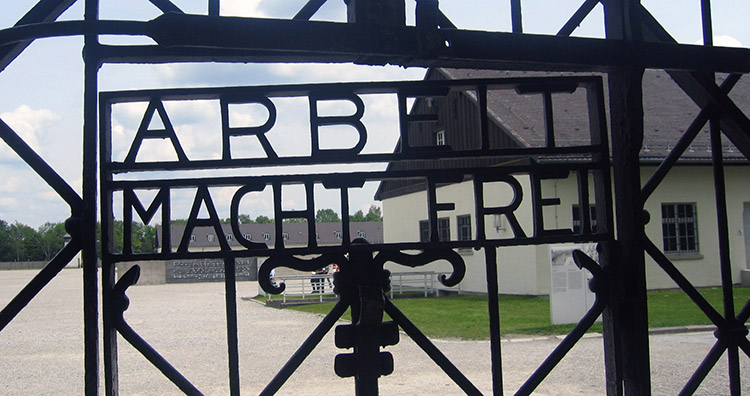![]()
Short introduction
Not all digital tools available to historians are intuitive and easy to use. In this unit we move up the complexity scale to see some high-order tools that historians are beginning to wield in their quest to understand the past.
What you must do in this unit
- Read this week's note on Data/Text Mining.
- Watch the video for this unit of the course on YouTube.
- Read: Cohen, “From Babel to Knowledge: Data Mining Large Digital Collections”
- Explore: Time [Magazine] Corpus and then read Nil Volentibus Arduum, The Legality of the Time Magazine Corpus
- Explore Mining the Dispatch
SUBMIT
- Submit one of these final assignment options. Since the final assignment is technically worth 100 points, you will see that some of the options have built-in extra credit.
- the Historical transcription assignment (100 points)
- the Website creation assignment (150 points)
- the Data visualization assignment (150 points)
- Post the URL, title and short description of your final assignment on the discussion board in Canvas.
Extra credit options
- Please suggest any materials relevant to this unit of the course.
Unit learning objectives
- Upon successful completion of this unit, you will be able to (1) use a digital tool to interpret the historical past and (2) explain how data and text mining are digital tools that can be used by historians in their research.
